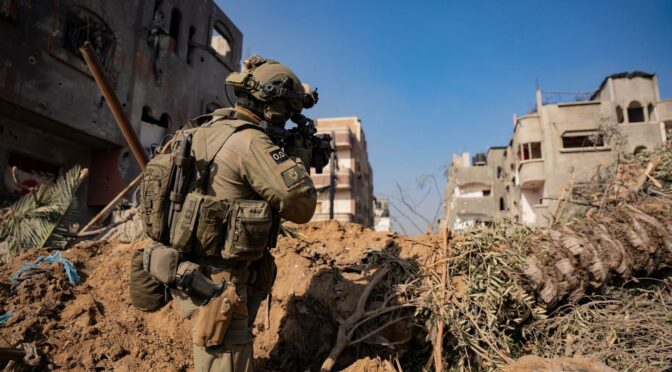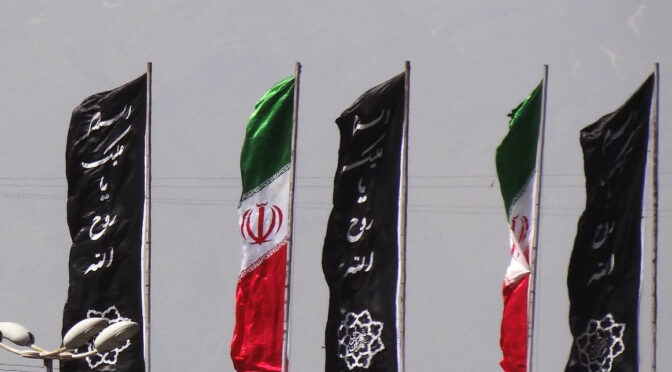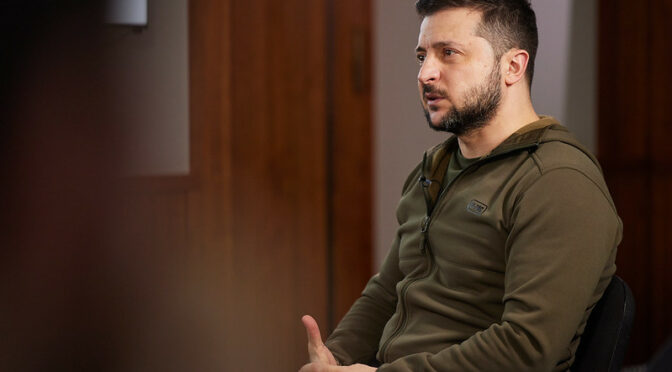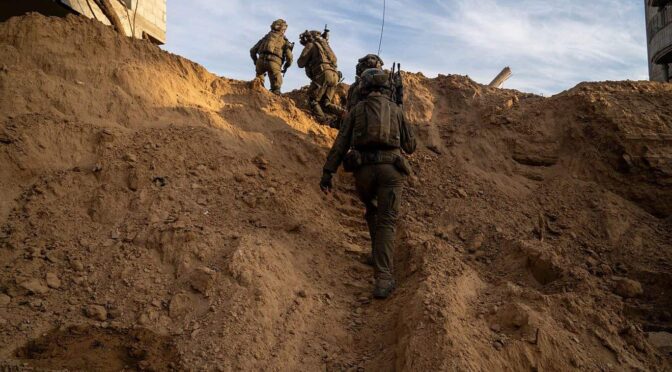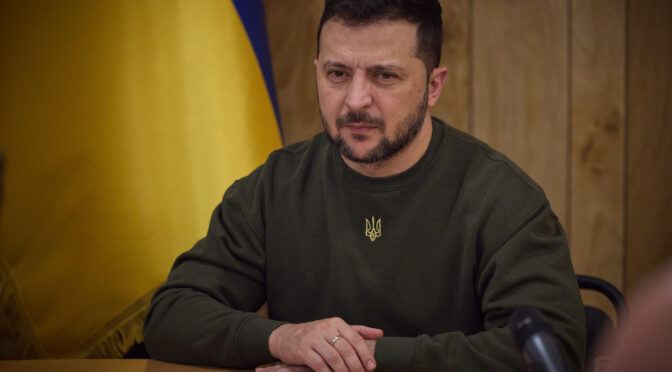Article published in The Daily Telegraph, 8 February 2024. © Richard Kemp
When one side in a negotiation offers terms it knows the opposite side can’t possibly accept, it means they are not interested in a deal. This is precisely what Hamas has just done in the latest negotiations over a ceasefire in return for release of Israeli hostages. They are effectively asking Israel to end the war and leave what remains of the terrorist organisation to fight another day.
On the face of it, this demand makes little sense. According to Israeli Defence Minister Yoav Gallant, more than 50% of Hamas’s overall fighting strength has been taken out, either killed or seriously wounded and 18 out of 24 major terrorist units ‘dismantled’. According to him, the top level command structure of Hamas in Gaza is breaking down, with terrorist leader Yahya Sinwar no longer leading the campaign but instead focusing on personal survival.
Surely in these circumstances it would be logical for Hamas to grasp at almost any deal – perhaps including a ceasefire for even a few days – to give some respite and the possibility of either regrouping or making their escape.
What is unclear at present is the extent to which the leaders outside Gaza who are doing the negotiating are in agreement on the issue with their beleaguered henchmen in the tunnels. Perhaps the externals, in their luxury penthouses in Doha and Istanbul, know the game is up and would prefer to see their compatriots in the Strip go down in a show of defiance while at the same time buying themselves some breathing space to evade the long arm of Mossad.
More likely, they and their masters in Iran are counting on the US to ride to the rescue. That’s what the Houthi attacks in the Red Sea, the Iranian proxy attacks on Americans in Iraq, Syria and Jordan, and the rumblings of war in Lebanon are all about. In Tehran and Doha, they’ve been watching the inadequacy of US and British attacks on the Houthis as well as the highly-telegraphed and, so far, underwhelming US response to the killing of three of its troops in Jordan.
They know that in an election year the last thing President Biden wants is to allow US forces to get dragged directly into another serious conflict in the Middle East. So rather than permit the Houthis’ Continue reading

